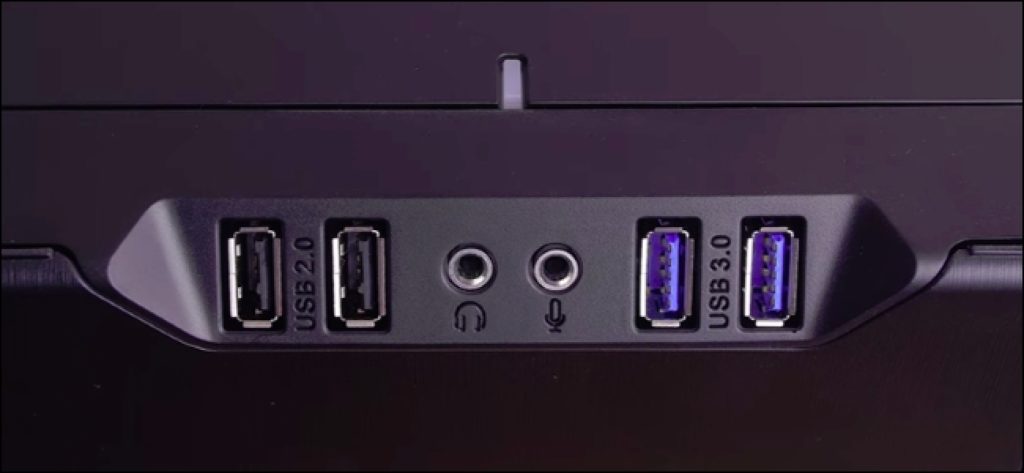As you upgrade to the latest devices and technology trends, it’s safe to ask you to also be ready for the next generation of USB. USB 4, as recently announced by the USB Promoter Group, is a new standard that will be released later this year.
Eventually, the products that utilize the technology will come in on-wards. The new tech is said to have lots of benefits that make it a better choice and most suitable alternative for future adoption.
USB 4 vs older versions
USB 4 is similar to earlier versions of USB in that it is a cable bus supporting data exchange between a host computer and a wide range of simultaneously accessible peripherals. However, USB 4 also allows a host computer to setup data exchange between compatible peripherals.
The attached peripherals share bandwidth as configured by the host computer. The bus allows peripherals to be attached, configured, used, and detached while the host and other peripherals are in operation.
The new USB 4 standard will have three main benefits over the previous versions of USB.
First is speed. USB 4 extends performance beyond the maximum 20 Gbps of USB 3.2 to a maximum 40 Gbps over the same dual-lane, dual-simplex architecture. This is the same speed as Thunderbolt 3.
Secondly, is the compatibility with Thunderbolt 3 devices. It is said that a number of USB 4 implementations will also work with Thunderbolt 3 devices.
Also, it allows for better resource allocation for video. USB 4 will have the ability to dynamically adjust the amount of resources that are available when you are sending both video and data over the same connection.
Basically, if you’re using a USB 4 port to transport both video and data at the same time, the port will allocate bandwidth accordingly.
The example given is if the video only needs 20 percent of the bandwidth to drive your 1080p monitor that’s also a hub, the other 80 percent will be free for transferring files from your external SSD.
In other words, USB 4 allows for USB data transfers to operate in parallel with other independent protocols specific to display, load/store and host-to-host interfaces.
USB 4 speeds
Though it can hit theoretical speeds of up to 40 Gbps, not all USB devices or hosts will support that standard. There will be three speeds: 10 Gbps, 20 Gbps and 40 Gbps.
In this, smaller and less-expensive devices such as phones will use one of the lower speeds while the laptops could have configurations in regards to which speeds they have.
Read About: A brief guide to USB connectors

